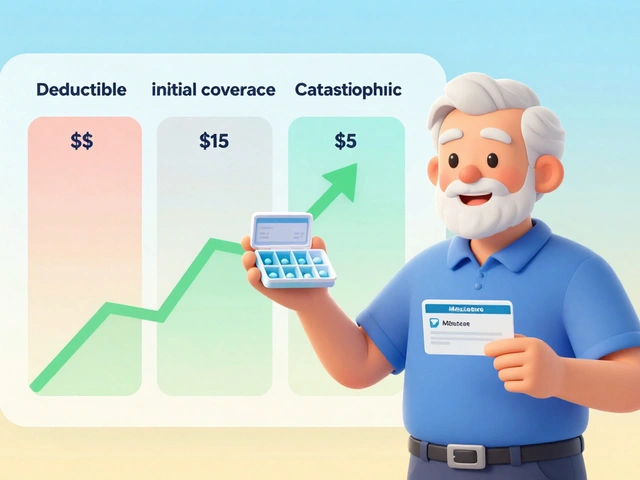Erosive Esophagitis — What It Is and What You Can Do Now
Guess what: heartburn that keeps coming back can actually damage the lining of your esophagus. That damage is called erosive esophagitis — small breaks or ulcers in the esophagus caused mainly by stomach acid. If you’ve had bad reflux, pain when swallowing, or noticed blood in vomit or stool, this page tells you what to expect and how to act.
What causes erosive esophagitis?
The most common cause is gastroesophageal reflux disease (GERD) — when stomach acid repeatedly flows back up into the esophagus. Certain medicines like NSAIDs, aspirin, bisphosphonates, and some antibiotics can irritate the lining and raise the risk. Infections (like Candida or herpes) can cause it in people with weak immune systems. Smoking, heavy alcohol use, obesity, and hiatal hernia also make reflux and erosion more likely.
Not all chest pain is a heart attack. If heartburn, a sour taste, or chest discomfort follows meals or happens at night, think erosive esophagitis. If swallowing is painful or food gets stuck, that’s another red flag.
How is it diagnosed and treated?
Diagnosis usually starts with a doctor visit. They may recommend an upper endoscopy (EGD) to look directly at the esophagus and take a biopsy if needed. Blood tests or cultures are used when infection is suspected.
Treatment focuses on stopping the acid and helping the lining heal. A short course of a proton pump inhibitor (PPI) — taken once daily for several weeks — is the usual first step. H2 blockers can help milder cases. If a medicine you take is the problem, your doctor may switch it. For infectious causes, antifungal or antiviral drugs are used.
Simple changes help a lot. Eat smaller meals, avoid spicy and fatty foods, cut back on caffeine, quit smoking, and don’t lie down for two to three hours after eating. Elevate the head of your bed by 6–8 inches to stop nighttime reflux. Losing weight if you’re overweight reduces pressure on your stomach and lowers reflux.
Complications can include narrowing of the esophagus (stricture) or Barrett’s esophagus, which needs monitoring. If you notice severe chest pain, vomiting blood, black stools, or sudden trouble breathing or swallowing, get urgent care.
Want a quick next step? Start with an appointment with your primary care doctor or a gastroenterologist. If you’re already on acid meds and still have symptoms, ask about endoscopy — seeing the esophagus is the only way to know how bad the damage is and pick the right plan.
Every case is different, but with the right meds and everyday changes most people heal and feel a lot better within weeks. Keep track of your symptoms and bring that list to your visit — it helps your doctor spot patterns and choose the best treatment fast.
This article explores whether the popular keto diet can be beneficial or detrimental for those suffering from erosive esophagitis. We delve into the basic principles of the keto diet, examine how it may impact esophageal health, and offer practical tips for managing symptoms. With the right adjustments, keto might just surprise you as a viable option for easing digestive woes.



